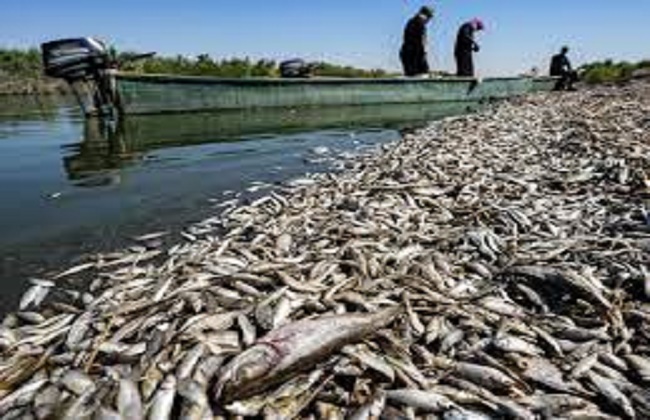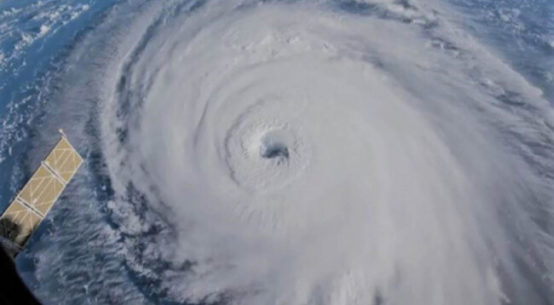
The Bangladesh government is ramping up efforts to boost populations of commercially important freshwater fish species, including captive breeding of species at threat of extinction.
Fish like tengra, shing, magur and gulsha have long been familiar to households across Bangladesh, thanks to their central place in the national diet and their widespread availability in freshwater bodies throughout the country. For most people in this country crisscrossed by rivers and defined by the world’s largest delta, fish is the most important source of animal protein and a staple food second only to rice. Small freshwater are especially popular in everyday meals because they’re comparatively cheap.
But about 20 years ago, they started becoming increasingly scarce. A 2015 report from the IUCN, the global wildlife conservation authority, listed a litany of threats to freshwater fish populations: “Habitat loss caused by massive siltation, infrastructure development, drying up of water bodies, dewatering, conversion of wetlands, overfishing and aquatic pollution are the major causes for the fish population decline in Bangladesh.”
That same report assessed the status of 253 freshwater fish species that occur in Bangladesh, and found that 64, or about a quarter, were threatened with extinction.
In light of the urgency of securing the main protein source for the country’s citizens, the government has embarked on a comprehensive conservation initiative aimed at reviving 39 fish species.
“We introduced artificial reproductive techniques to return these fishes, and most of the species are now cultivating at the field level,” said Yahiya Mahmud, director-general of the Bangladesh Fisheries Research Institute (BFRI).
This initiative builds on the gene bank that the government established in 2020 to ensure it holds germplasm from which it can, if needed, bring back a species from the verge of extinction.
The BFRI leads the initiative and has focused on conserving 162 fish species, including those declared threatened by the IUCN. Researchers use nursery and hatchery techniques to make the species available nationwide.
About 950 hatcheries in the country produce fish fry for free distribution to fish farmers. The BFRI also trains fishers at the community level on how to cultivate fish for maximum productivity, and how to fish with minimal harm to water, soil and the overall environment.
The country produces about 4.6 million metric tons of fish a year, barely enough to meet domestic demand of about 4.4 million metric tons, according to the Bangladesh Fisheries Department. That puts the country second worldwide in terms of increasing the production of freshwater fish, and third position in terms of overall freshwater fish production, according to the United Nations’ Food and Agriculture Organization.
According to the 2015 IUCN report, a total of 1.2 million Bangladeshis are involved in fishing on a full-time basis for their livelihood, while another 10 million are engaged in subsistence fishing either to supplement their incomes or for household consumption.
(This article is republished from Mongabay under Creative Commons License)


